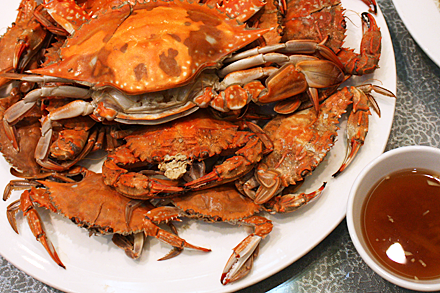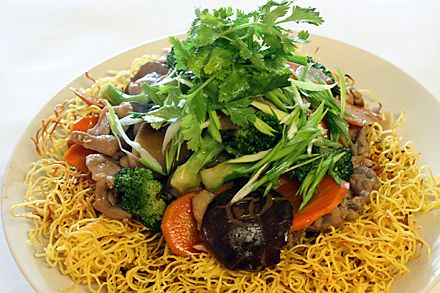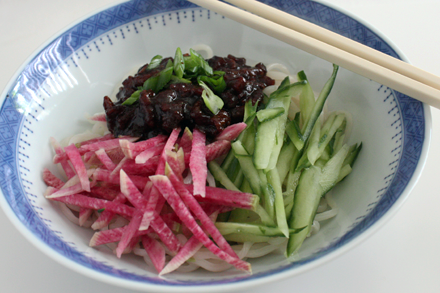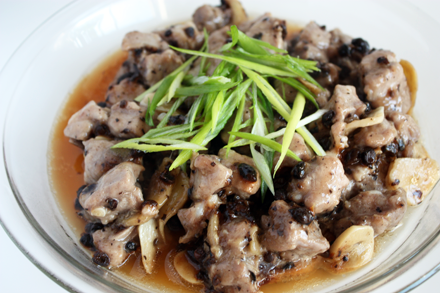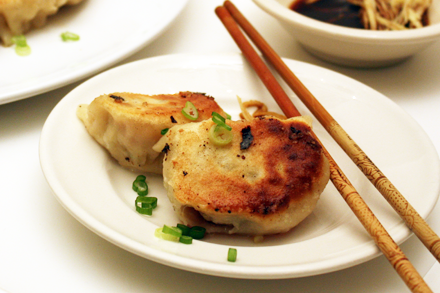In Ba Jin’s (巴金) epic Chinese literary trilogy: Family , Spring
, Spring and Autumn
and Autumn (家,春,秋), the author describes the life of a Chinese aristocratic family during the final years of the feudalistic Qing dynasty. It was a tumultuous time in which the family members had to negotiate changing political landscape as dynastic rule disintegrated, as well as the family’s own struggle between generations over changing values and aspirations. Ba Jin was a great observer and narrator of a China struggling within and without while falling into chaos at the beginning of the twentieth century. Among all the confusions and upheaval, there is one single constant and that is the communal family meal.
(家,春,秋), the author describes the life of a Chinese aristocratic family during the final years of the feudalistic Qing dynasty. It was a tumultuous time in which the family members had to negotiate changing political landscape as dynastic rule disintegrated, as well as the family’s own struggle between generations over changing values and aspirations. Ba Jin was a great observer and narrator of a China struggling within and without while falling into chaos at the beginning of the twentieth century. Among all the confusions and upheaval, there is one single constant and that is the communal family meal.
Whether it was an elaborate sumptuous spread of the upper class or a meager bowl of porridge of the poor, sharing communal meals was a social ritual. Families gathered for special celebrations and revolutionaries gathered for clandestine dinner meetings. These meals were not always happy and agreeable occasions. Tensions among family members often boiled over during them. But they gathered and shared their food nevertheless.
(more…)


